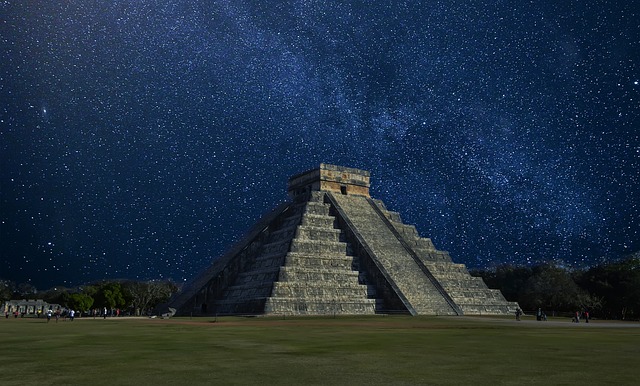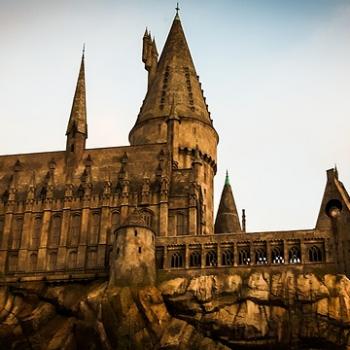So you’ve fantasized about being the next Indiana Jones bullwhipping your way through the sinister caverns of Easter Island? Well now’s your chance – sans, that is, the Hollywood villains and special affects. Oh, and the $25 million paycheck for breaking a little sweat.
Sarah Parcak is a space archaeologist. She uses satellite imagery to track plundered ancient burial sites and find pyramids buried under Egyptian cities. Now, she’d like to make us all space archaeologists . .
How?
Through a digital platform called Global Xplorer, which will utilize crowdsourcing and satellite images to uncover and protect obscure archaeological sites around the world. Parcak is the 2016 TED Prize winner — and she plans to use her $1 million prize to launch the project.
Parcak explained to NPR’s Ari Shapiro how she plans to “game-ify” archaeological research . .
“This is going to be a super high tech version of Google Earth,” she says. “My team and I are going to process lots of satellite imagery and they’ll be put on this platform.”
Users will be given a card from a deck that shows actual, processed satellite imagery of a plot of approximately 20 by 20 or 30 by 30 meters in size. Clues and keys by the side of the picture will help them distinguish between known sites, like pyramids, or a new site.
“The biggest problem we have when looking at satellite imagery is not the processing,” she says. “The hardest part is actually eye fatigue. … Imagine hours and hours looking at satellite imagery. We miss things.”
If enough users identify a site, Parcak and her team will examine the data, share certain specifics with academic archaeologists who may then go out and excavate the site.
How cool! And the best part: we get to go . .
Smartphone Archaeology
Through applications like Periscope, Google Plus, Skype and Instagram, we get to follow them during our proverbial coffee breaks on – what else – our Smartphones.
“We’re answering the big questions about who we are and where we’ve come from,” she says. “And the fact that we can get the world to be a part of that is pretty exciting.”
Yes! Now my SLANT readers will know that I’ve ranted here and there on the extravagant billions spent on such “spacey” projects as Richard Branson’s Virgin Galactic Space tourism quest. Fine if you’re an air-head who has $250,000 to spend floating around the stratosphere in your spiffy space suit.
But come on. A more integrated and illuminated human quest, it seems to me, is to delve more deeply into the ancient mysteries of our past. And I mean a past that stems seven million years from our beginnings in Africa, tracking evolution, bioregionalism, and the extraordinary creations of the human spirit, to the techno-crazed, disconnected, and divided species we appear to be today.
This, along with a little myth busting, could be some of the (free) fruits and rewards that space archaeology has to offer its rookies in the near future.
I’m on board. Bring it on Captain Parcak!
Cover Photo: Pixabay













